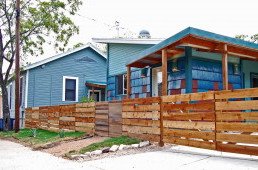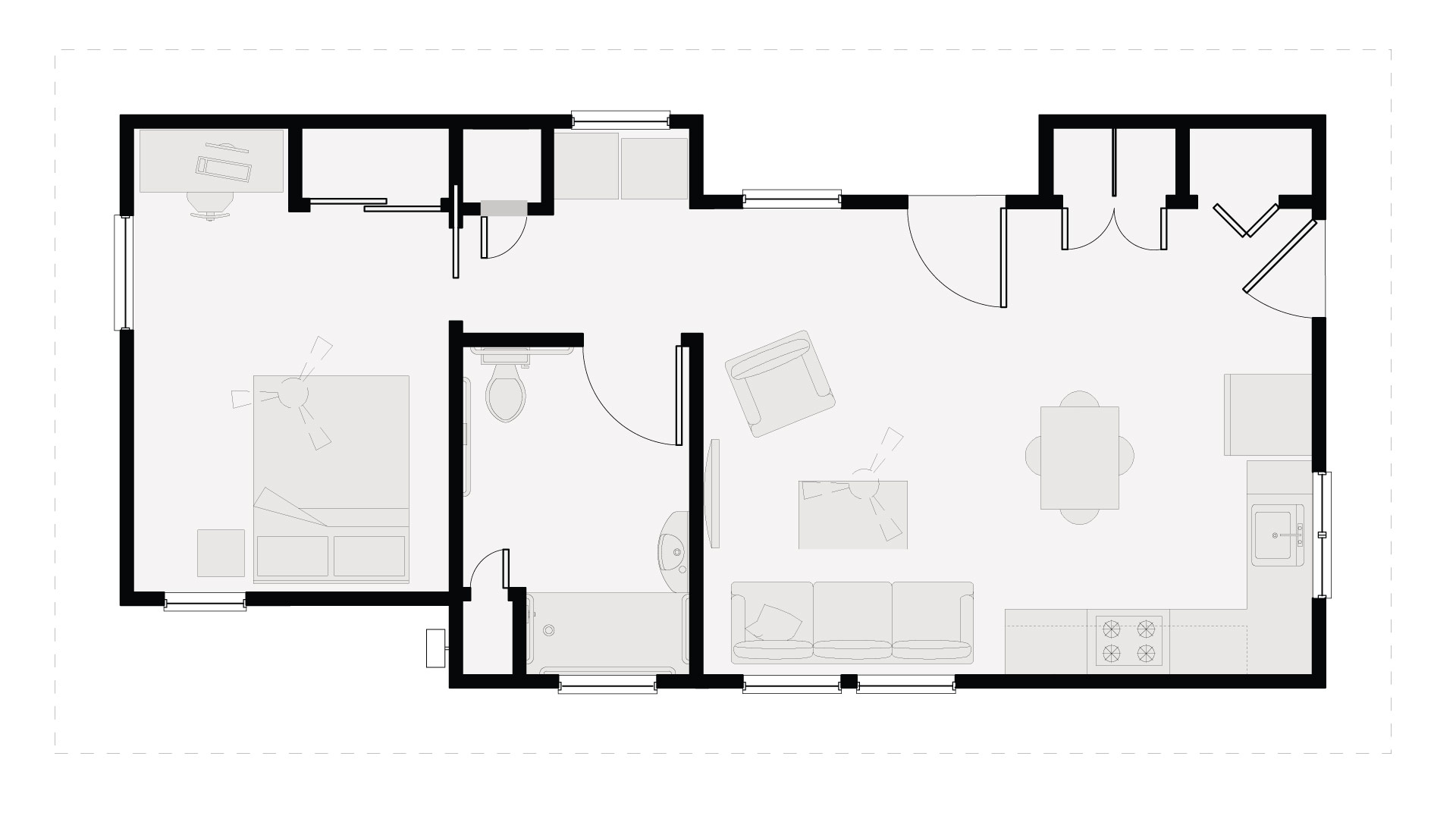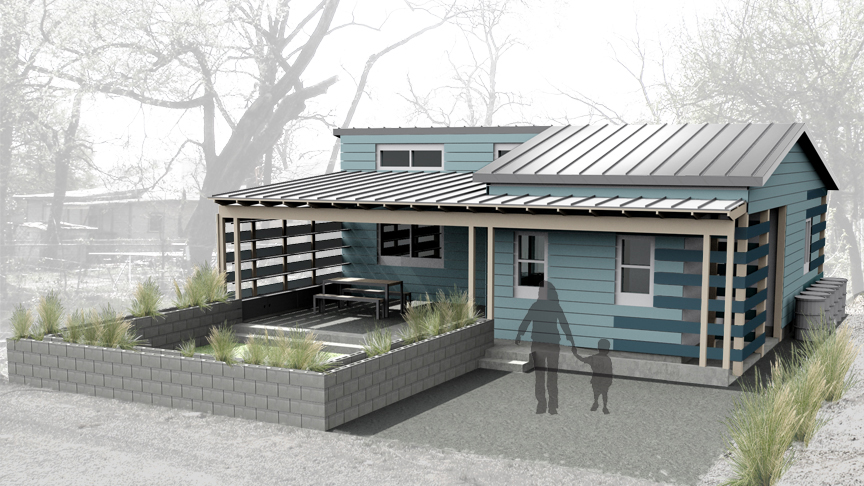
March 3, 2023 | by Michael Wilt
Categories: Affordable Housing, Homeownership, Rental Housing
Across the country, communities are encouraging the development of Accessory Dwelling Units as a unique tool to address affordability challenges particularly in high-cost urban areas. According to the American Planning Association, an accessory dwelling unit (ADU) is "a smaller, independent residential dwelling unit located on the same lot as a stand-alone single-family home."
ADUs have been around for decades, and historically, they've served as secondary housing units for extended family guests, particularly aging ones. You may have heard them referred to as "granny flats," "in-law apartments," or "secondary suites." But lately, an increasing number of homeowners are adding them to provide more desperately needed rental housing in communities while also earning rental income which can help them maintain stable homeownership. 
As a FreddieMac study notes, ADU construction increased on average 8.6% annually from 2010 to 2020. Furthermore, nearly 70,000 homes sold in 2019 had ADUs compared to just 8,000 in 2000.
The most obvious benefit to homeowners is rental income. This cashflow can help home buyers reduce their debt-to-income ratio and qualify for a mortgage on a house that otherwise may be out of reach.
But it also promotes stable homeownership by providing income to offset the ongoing costs of homeownership, like repairs and property taxes. This is particularly valuable for Texans, specifically seniors, who may have limited income and are burdened by taxes as their property values soar. This is what prompted affordable housing practitioners like those behind the Alley Flat Initiative in Austin to start turning towards ADUs as a tool to offset displacement in high cost areas.

FreddieMac notes several benefits that ADUs provide renters. The most obvious is increased housing supply, which can reduce rents. Comparatively speaking, ADUs offer more affordable rents than similar housing stock in a neighborhood.
This is especially true in high cost, desirable areas. ADUs can provide affordable rental options for tenants seeking the amenities, quality schools, job opportunities, and neighborhood services those areas offer.
Given that ADUs are commonly built within the fabric of an existing neighborhood, their impact is small compared to multifamily developments. This is why cities and neighborhood advocates -- often at odds on how to increase housing supply -- are adopting ADUs to softly introduce increased housing supply in established neighborhoods.
In Texas, Austin, Dallas, El Paso, Houston, San Antonio, Waco, and countless other cities have either adopted or are in the process of adopting ordinances and policies that promote more widespread development of ADUs. The long-term hope is that they will be a key piece in addressing a community's affordability challenges.
All photos used in this post were sourced from the Alley Flat Initiative, a pilot program by the Community Powered Workshop that promotes the construction of ADUs by homeowners of moderate incomes.
On the House blog posts are meant to provide general information on various housing-related issues, research and programs. We are not liable for any errors or inaccuracies in the information provided by blog sources. Furthermore, this blog is not legal advice and should not be used as a substitute for legal advice from a licensed professional attorney.
TSAHC reviews all blog comments before they are posted to ensure a positive experience for our online community. Off-topic comments; hostile, derogatory or deliberately insulting comments; and comments specifically promoting goods and services will not be posted.
Approved comments will be published in their entirety. Personal information will not be removed unless it pertains to someone other than the person submitting the comment. For more information, please see our Comment Posting Guidelines.
To remove a previously submitted and published comment, please contact Anna Orendain at [email protected].
If you have a question regarding any of TSAHC's programs, please contact us.
